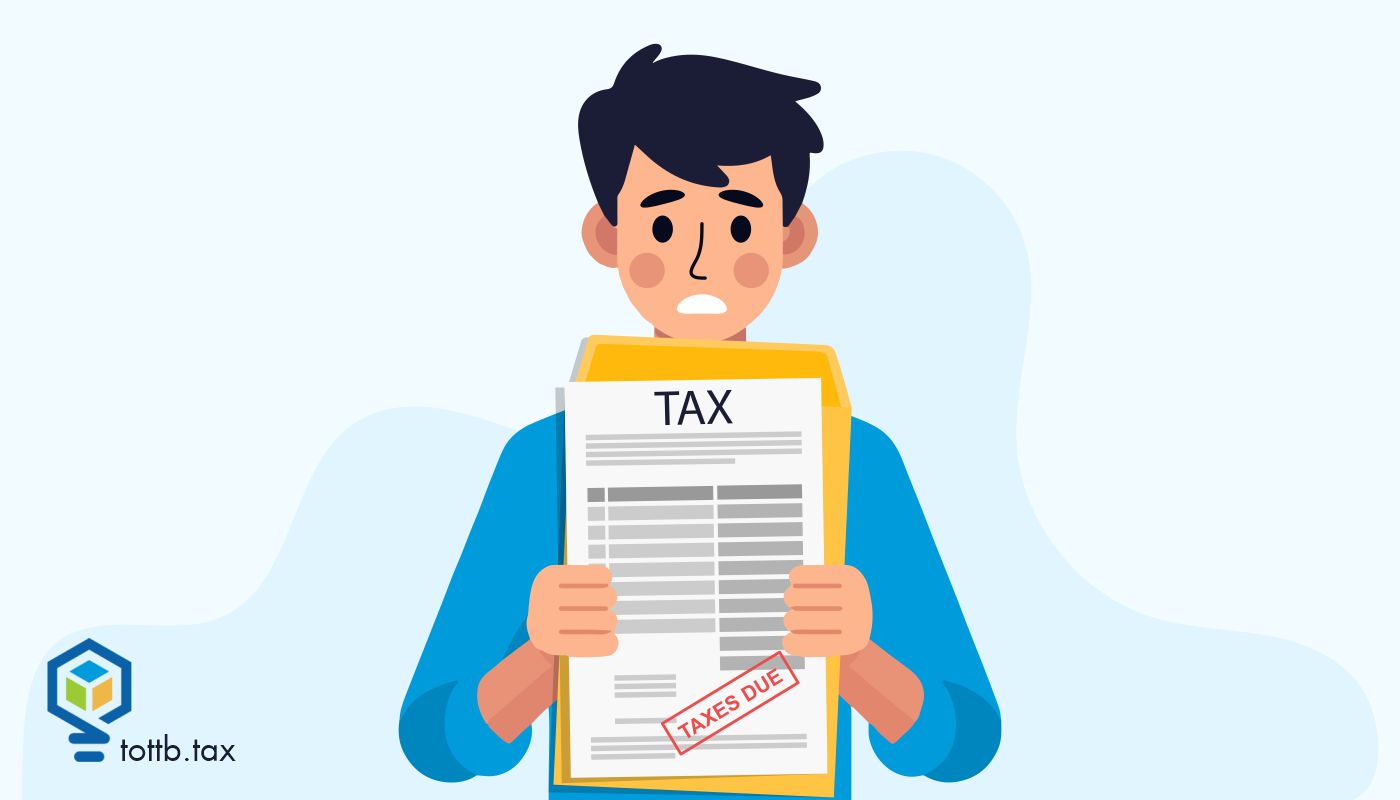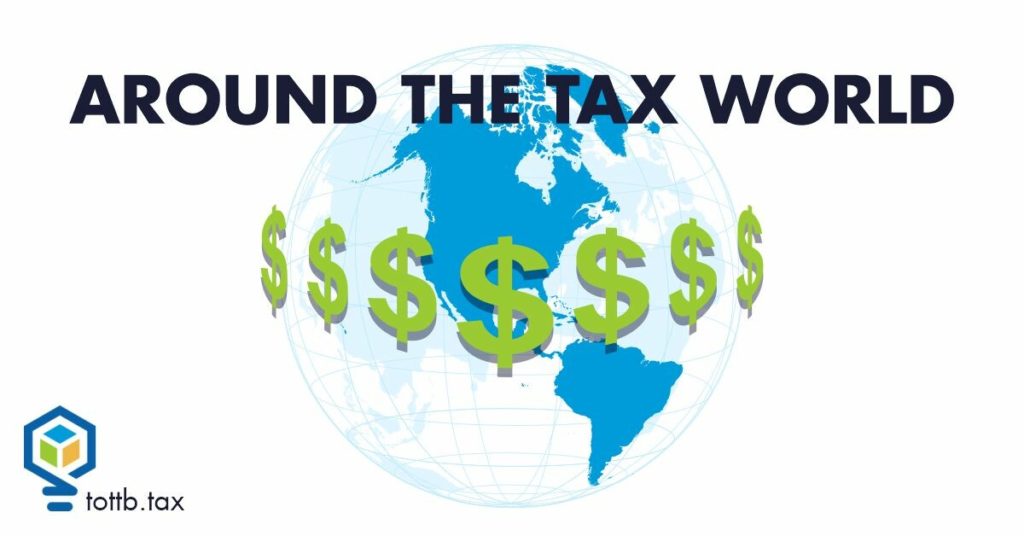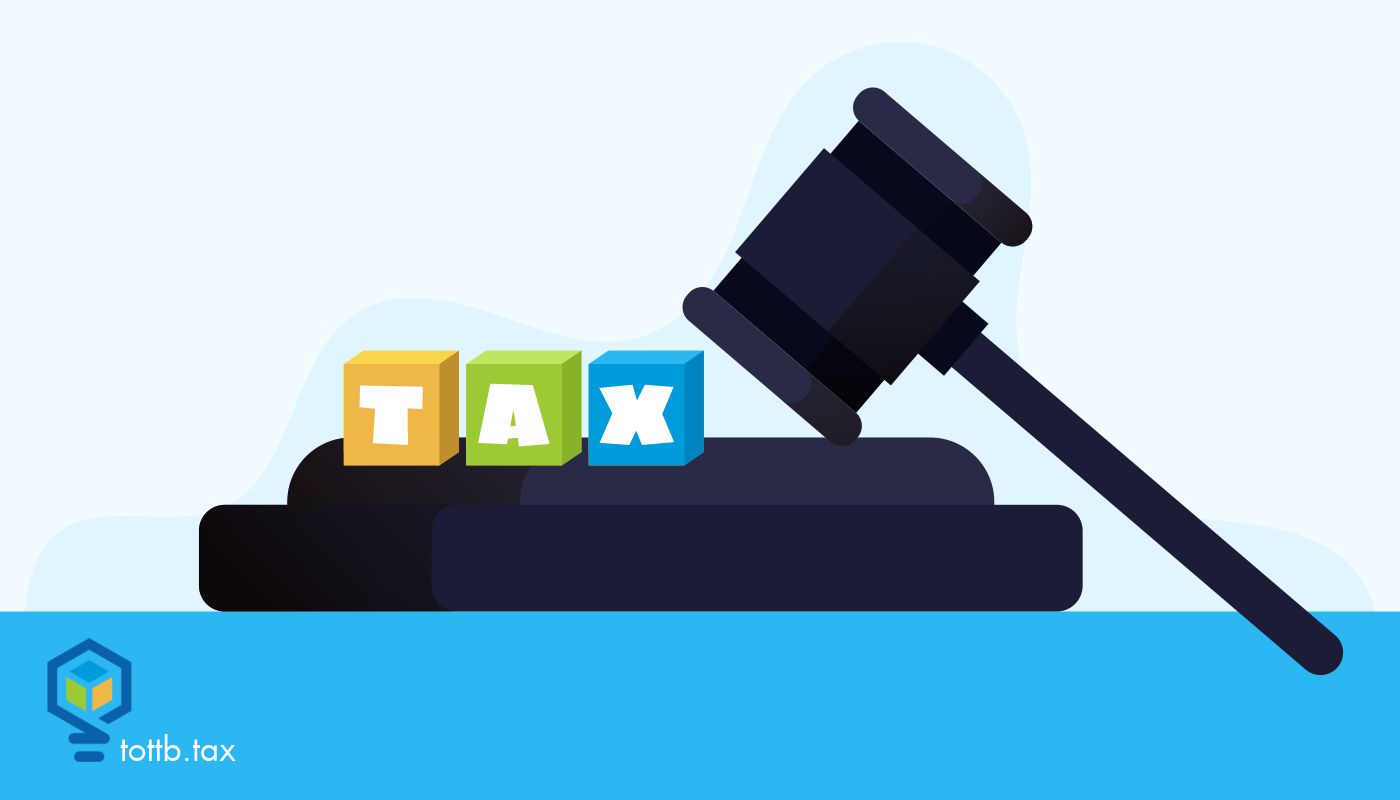Using cryptocurrency as compensation raises tax issues for employees and employers alike. Earlier this year, the financial services company Fidelity announced that it would include bitcoin as an investment option for the 23,000 employers using Fidelity’s 401(k) plans. The Department of Labor has cautioned against the idea, yet employers seem to be increasingly considering cryptocurrency as a legitimate retirement plan investment and even a form of regular pay.
The tax issues around compensating employees with digital currency are similar to those raised when compensating employees with employer stock. One potential drawback is the price volatility of cryptocurrency—the value of a digital coin when the employee receives it could end up being substantially higher than the value when that coin is sold. If an employee has to sell a large amount of cryptocurrency at a loss, they could exceed the $3,000 cap on capital loss deductions and simply lose that money. A potential benefit is that an employee could sell their cryptocurrency—to the extent it is vested—to cover their tax liabilities (which is not often true for private stock).
Another possible hiccup is compliance with the Fair Labor Standards Act (FLSA). These laws set the minimum wage, salary, and overtime compensation requirements for employees. Because the value of cryptocurrency can fluctuate, employers may not be able to reliably meet these standards by using digital tokens. Also, if the cryptocurrency provided is not considered acceptable compensation under FLSA and state laws, an employer may be required to provide the employee with a second, acceptable form of payment.
New research indicates that the IRS may have the ability to automate almost half of individual tax returns. The National Bureau of Economic Research recently released a paper showing that the agency may be able to use taxpayer information it already holds to auto-fill between 62 million to 73 million returns, which would cover 41% to 48% of taxpayers. The study used a random sample of 344,400 returns from 2019—a year when almost 90% of taxpayers claimed the standard deduction.
The taxpayers most likely to benefit from automated filing are those who are single, young, and have no dependents. The research findings suggest that low-to-moderate income earners are most likely to have accurate returns, while an increase in itemized deductions would cause the likelihood of errors to also increase. With the enactment of the Tax Cuts and Jobs Act in 2018, the amount of the standard tax deduction nearly doubled, which led to a decrease in the number of taxpayers electing to itemize deductions.
Across the globe, 36 countries currently have a return-free filing system, including Germany, Japan, and the UK. The two common systems are “exact withholding” or “tax agency reconciliation.” With exact withholding, employers attempt to set aside the exact amount of taxes employees owe. With tax agency reconciliation, the taxpayer is provided with a tentative pre-filled return that they must review and approve. However, the US tax code may make these systems less viable—complications include the fact that households are taxed as a single unity and that certain investments that are not subject to withholding are taxed at regular income tax rates.






